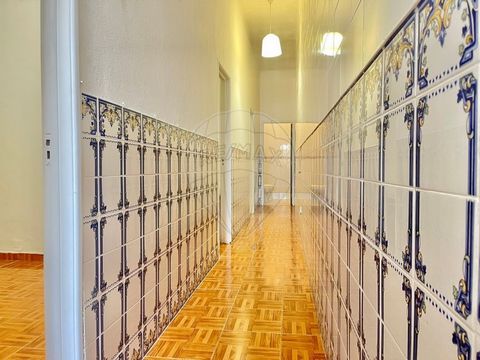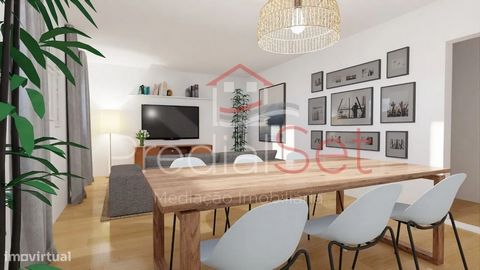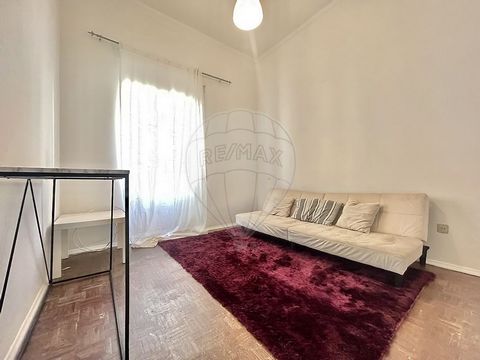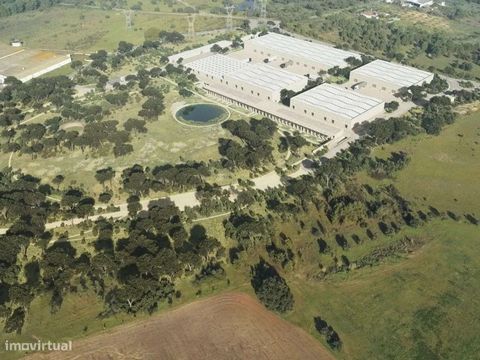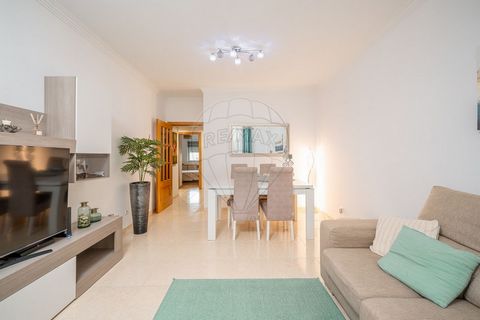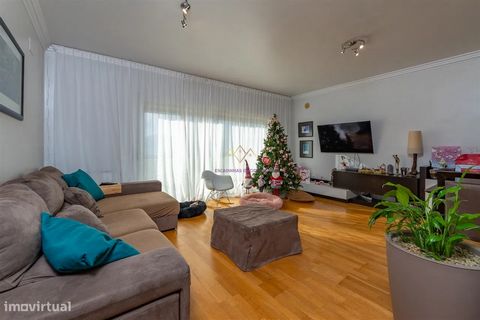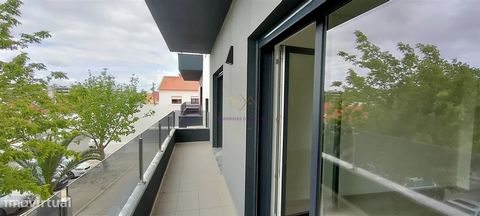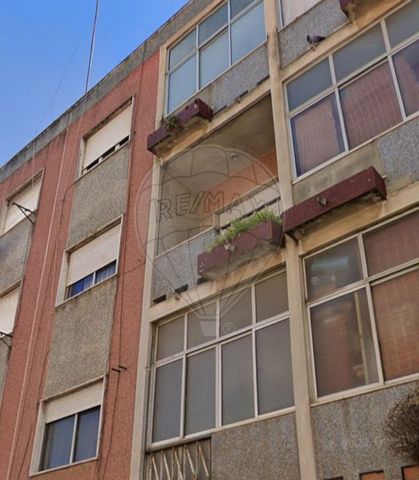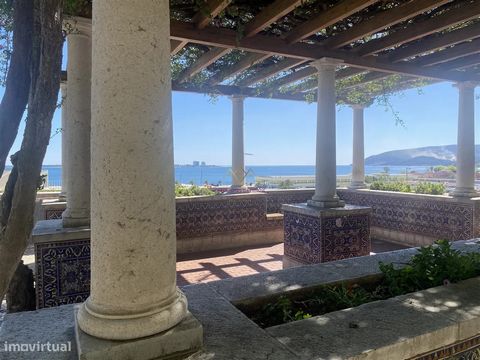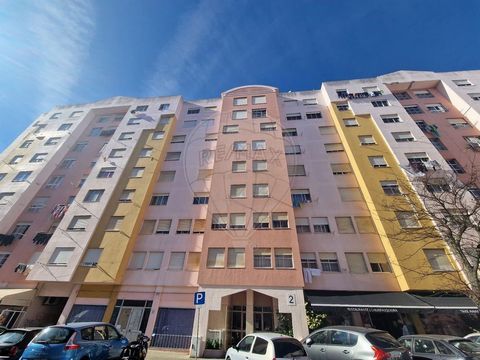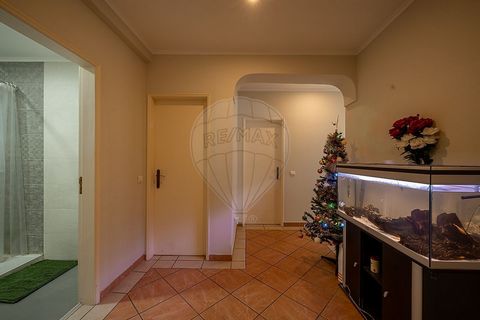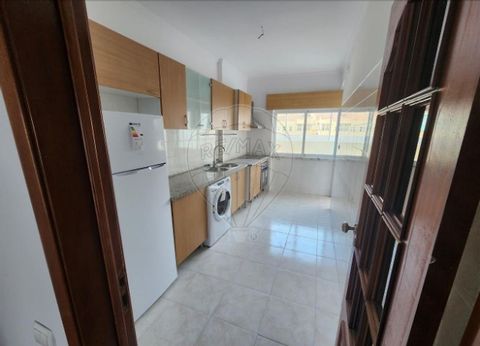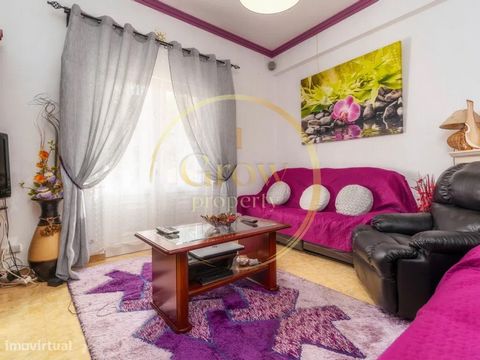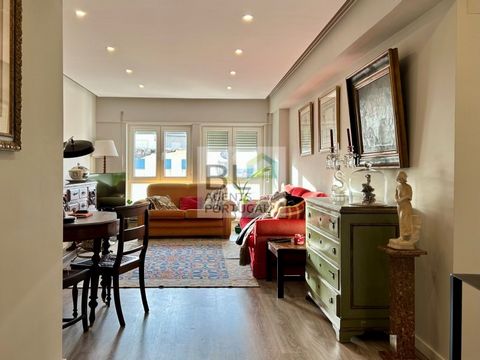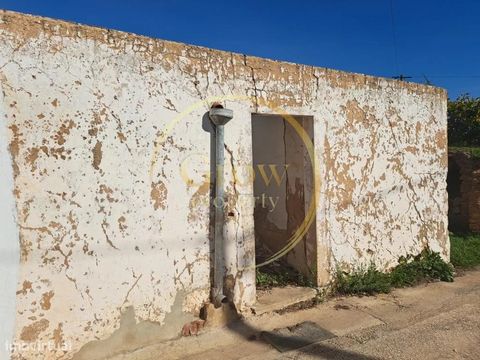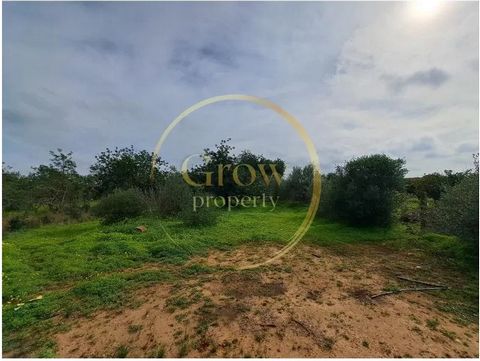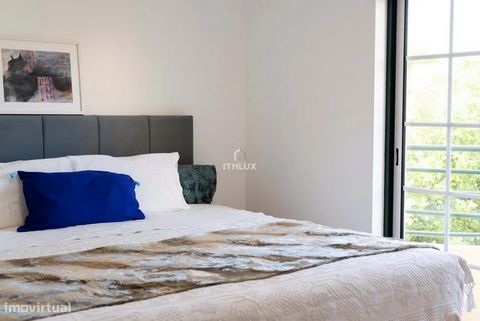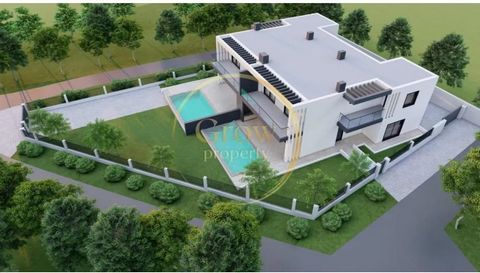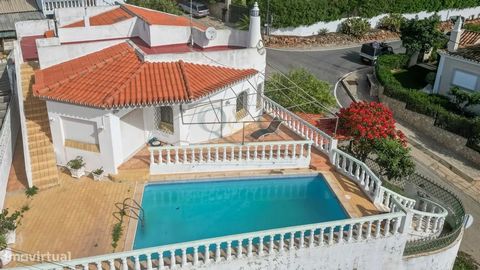Land with 125,750 m2 with innovative project approved for an Industrial Campus in Setúbal. The Campus project changes the experience lived so far in an industrial workplace. The aim is to elevate the concept of industrial workspace to a phenomenon of experiences and style. The design, materials used and construction are influenced by art and are rooted in sustainability with the aim of creating and working in an uplifting and inspiring environment. It has been designed in such a way that it is possible to connect industrial work to art and nature, While reducing the daily environmental impact, this project will be a space of modern ecological technologies and has been designed in such a way as to merge high technology and nature. The project, which will be developed in a land area of 125,750m2, is divided into seven pavilions, with a total construction area of 21,200m2, and with 2,500m2 of basement parking. Pavilion A - 6.042m2 ? Industrial Warehouse Pavilion B - 3.027m2 ? Industrial Warehouse Pavilion C - 6.042m2 ? Industrial Warehouse Pavilion D - 3.027m2 ? Industrial Warehouse Pavilion E ? 486m2 ? Industrial Warehouse Pavilion F ? 1.290m2 ? Showroom / Restaurant Pavilhão G ? 1,260m2 ? Building for offices in Open Space, Co-working and amphitheater It will be possible to build in a phased manner or all at once. Of the five industrial warehouses, four can be a single space or subdivided into independent units with approximately 1,000m2 each. The ecological awareness required in the 21st century was respected when designing this industrial campus in Setúbal, which in itself stands out for being a city with infrastructures and close to Lisbon, which makes it a competitive location and conducive to a global business. At the same time, Setúbal is a city recognized for its growth both in terms of business and residential relocation, becoming an enhanced microcosm of high quality of life in Portugal, with privileged access to the network of roads and motorways, ports, trains and airport. : Setúbal is a Portuguese city, capital of the district of Setúbal (since 1926) and seat of a diocese (since 1975), with 91,000 inhabitants in its urban perimeter. It is the seat of a municipality with an area of 230.33 km² and 116,330 inhabitants (2017), subdivided into 5 parishes. The municipality is bordered to the west by the municipality of Sesimbra, to the northwest by Barreiro, to the north and east by Palmela and, to the south, the Sado estuary separates it from the municipalities of Alcácer do Sal and Grândola. The Troia peninsula, belonging to Grândola, is located in front of the city, between the Sado estuary and the coast of the Atlantic Ocean. Its main interests are the Military Heritage (Fort of São Filipe de Setúbal, Castle of São Filipe, Fort of Santiago do Outão, Fort of Albarquel, Fort of Santa Maria da Arrábida), Religious Heritage (Convent of Jesus, Convent of Arrábida, Convent of Brancanes, Church of Santa Maria da Graça - Sé, Church of S. Julião, Church of S. Lourenço, Azeitão, Church of São Simão, Azeitão), Archaeological heritage (Roman Salga Factory in Cetóbriga - Setúbal, Roman ruins of Troia in Grândola, Archaeological Station of Creiro, in Arrábida, Archaeological Station of Pedrão, in Serra de São Luís, Via Romana do Viso), among other types of heritage (Comenda Palace, House of the Four Heads, House of Bocage). You can also enjoy its beaches, gastronomy, parks and gardens. It also offers a wide transport network, namely road (A2, A6, A12, A13, IC1, N5, N10), port (Port of Setubal), Rail (Sado Line and Alentejo Line) and Airport (Lisbon Airport). Energy Rating: Exempt Land with 125,750 m2 with innovative approved project for an Industrial Campus in Setúbal. The project of this campus changes the experience of working. It is about a new approach to work and workplace. It elevates the concept of industrial workspace to an experiential and lifestyle phenomenon. The aim is to elevate the concept of an industrial workspace to a phenomenon of experiences and style. The design, materials used and construction are influenced by art and are rooted in sustainability with the aim of creating and working in an uplifting and inspiring environment. It was conceived in such a way that it is possible to link industrial work with art and nature. At the same time that it reduces the daily environmental impact, this project will be a space for modern ecological technologies and was conceived in order to merge high technology and nature. The project, which will be developed in a land area of 125,750m2, is divided into 7 buildings, with a total construction area of 21,200m2, and with 2,500m2 of basement parking. Industrial Building A - 6,042m2 Industrial Building B - 3,027m2 Industrial Building C - 6,042m2 Industrial Building D - 3,027m2 Industrial Building E ? 486m2 Showroon/Restaurant F ? 1.290m2 Open Space, Co-working G ? 1.260m2 It will be an option if desired to build in a phased manner. 4 of the Industrial Buildings can be a single space or subdivided into independent unities with approximately 1,000m2 each The ecological awareness demanded in the 21st century was respected when designing this Industrial Campus in Setúbal, which in itself stands out for being a city with important infrastructures and close to Lisbon, which makes it a competitive and preferable location for a global business. At the same time, Setúbal is a city recognized for its growth both in terms of business and residential relocation, making it an enhanced microcosm of Portugals ́ already high quality of life, with privileged access to highway networks, port, trains and airport. : Setúbal, the municipality straddled by the Lisbon and Alentejo regions, is home to award-winning beaches, mountains and natural reserves, and the estuary and river Sado. Along the old road to the fortified port city of Setúbal, 32km southeast of Lisbon, also steeped in history, lie the pretty little towns of Azeitão, famous for its many vineyards, olives and cheese, palaces and estates or Alcácer do Sal, believed to be the oldest town in Europe, that traded salt (as its name would suggest), fish and horses. The Arrábida Natural Park?s mountain range and the very beaches that won Europe?s top spots, mark the westernmost point of the municipality. Energy Rating: Exempt
